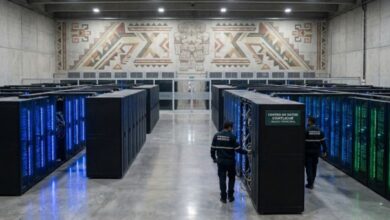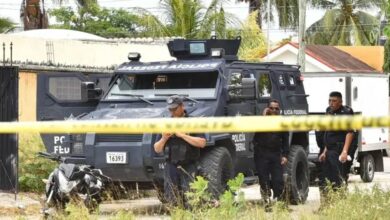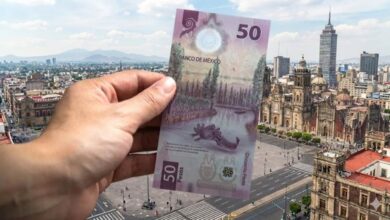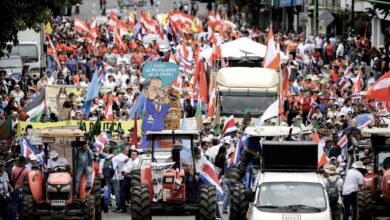Mexico City Crime Shocks, Denting Its Safe-Haven Image
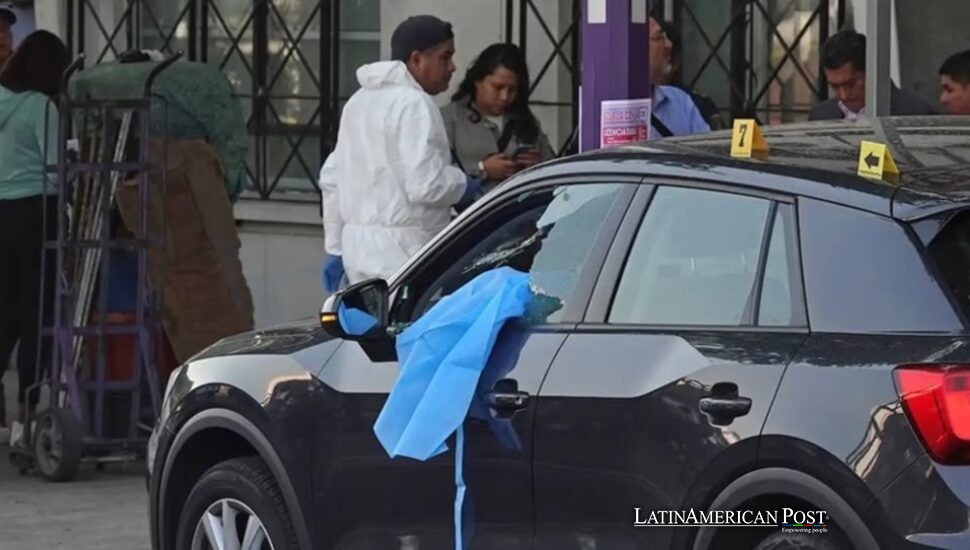
A daylight double-murder on a Mexico City street—captured in chilling surveillance video—has ruptured the capital’s prized aura of safety. Officials now race to reassure residents, investors, and tourists that the metropolis remains a refuge in a country scarred by cartel warfare.
Shockwaves on an Ordinary Morning
The stoplight at Metro Copilco had just turned green when a lone gunman stepped from the sidewalk, raised a pistol, and emptied his magazine through the windshield of a black SUV. Inside sat Ximena Guzmán and José Muñoz, close aides to incoming mayor Clara Brugada. The shooter vanished into the crowd before anyone thought to scream. Within hours, the security feed reached Reuters reporters, its cold clarity shredding any illusion that Mexico City’s political class enjoyed immunity from the violence scarring the rest of the nation.
Traffic was beginning to swell on Calzada de Tlalpan when an Audi Q2 pulled over at the curb. Inside sat Ximena Guzmán, 42, private secretary to Mexico City’s mayor. Seconds later, José “Pepe” Muñoz, a trusted policy adviser, stepped toward the passenger door from the pavement. At that precise moment, a helmeted gunman—dressed head-to-toe in white—strode out from the corner of Napoleón Street. Security camera footage reviewed shows him firing point-blank through the windshield, first at Muñoz, then at Guzmán, before jogging calmly away and disappearing behind morning commuters.
Witnesses say the entire attack lasted less than 30 seconds. Both victims died at the scene. According to Mayor Brugada’s statement on X (formerly Twitter), at least one accomplice waited on a motorcycle; together, they vanished into the warren of central-city traffic. Within minutes, sirens echoed up Tlalpan—one of the capital’s main arteries linking the south with the historic center—and investigators began scouring nearby CCTV feeds for a trail.
“There will be no impunity.”
News raced across social media feeds. Mayor Clara Brugada, visibly shaken, vowed that “those responsible will be arrested and will have to face justice.” Within an hour, President Claudia Sheinbaum, speaking in her daily press briefing, ordered federal security chief Omar García Harfuch to bring in the National Intelligence Center, the Army, and the Navy. “Everything that is necessary,” Sheinbaum said, “so we get to the bottom of this.”
The stakes are painfully personal. Five years ago, García Harfuch himself survived an ambush on Paseo de la Reforma that killed two of his bodyguards and a passer-by. That attack was traced to the Jalisco New Generation Cartel (CJNG)—the same organization security analysts now fear might be flexing again. Although officials have not named suspects, the cold precision of Tuesday’s killings recalls the cartel’s hallmark tactics.
For decades, the capital sold itself as a protective bubble—busy and chaotic, yet markedly safer than states like Guanajuato and Michoacán. Homicide maps from the U.N. Office on Drugs and Crime confirmed the narrative: 30,000 killings nationwide in 2023, but only a sliver inside the federal district. The May attack rewrote that script in nine seconds. One banking executive, requesting anonymity, told Reuters he now travels with a second armored vehicle as a decoy: “I can’t afford to find out whether this was a one-off or a message.”
Cracks in the Capital’s Armor
Mexico City’s homicide rate has indeed fallen nearly 50 percent since 2019, a statistic former mayor Claudia Sheinbaum recited like a mantra on the presidential campaign trail. Yet security scholars—among them David Shirk of the University of San Diego—caution that cartels seldom abandon lucrative hubs; they operate more quietly until provoked. Three analysts interviewed by Reuters believe the hit bore hallmarks of the Jalisco New Generation Cartel: precise, public, and timed to embarrass. Minutes before bullets flew, President Sheinbaum had been touting recent arrests on live television.
Neither the presidential palace nor city hall offered details, but Brugada vowed the murders “will not go unanswered.” Behind closed doors, investigators admit progress is slow; shell companies obscure getaway cars, and witnesses fear retaliation. Meanwhile, social media fills with speculation: Is this the start of a turf war or a warning shot to keep politicians in line as the capital prepares for a cash-rich 2026 FIFA World Cup?

IG@somoscerebros
Commerce and Tourism on Edge
Every month, more than 300,000 visitors touch down at Benito Juárez International, lured by art-house mezcal bars in Roma, high-rise co-working suites in Santa Fe, and the promise—long broadcast by El Universal and La Jornada—that “CDMX” is Latin America’s safest megacity. Hoteliers fear the surveillance clip could undo years of branding in a single viral loop.
Extortion already nips at the city’s bohemian enclaves. Restauranteurs whispered to Reuters about weekly “rent” payments slipped under the counter to avoid smashed windows or a grenade tossed after closing time. Fernando Ortega, whose company custom-fits bulletproof panels into family SUVs, says orders have tripled since the Copilco shooting—clients now include pediatricians and tech start-ups, not just CEOs.
The stakes climb with each tourist dollar. Analysts warn that if perception sours before the World Cup, Mexico City could lose its chance to showcase itself as a cosmopolitan alternative to Miami or Madrid—hard currency that might otherwise fund local jobs and social programs.
Balancing the Sword and the Shield
Mayor Brugada confronts an old Mexican paradox: crack down too hard, and cartels retaliate; do too little, and they entrench. The federal government’s fifteen-year “war on drugs” proved that aggressive raids can scatter criminal armies into new territories, sometimes straight into urban cores. Yet silence invites its form of siege—one extortion note at a time.
Security consultant David Saucedo frames the dilemma bluntly: “Show force, risk blood; show weakness, lose the city.” Brugada has ordered forensic audits of police units long rumored to moonlight for traffickers while quietly expanding neighborhood surveillance and witness-protection funds. Success will hinge on whether arrests follow evidence rather than headlines, preventing the spiral of reprisals that turned other regions into battlefields.
For residents like university librarian Ana Pulido, the calculus is immediate. She still rides the Metro but now hugs platform columns, scanning for sudden commotion. “I survived the 1985 earthquake,” she says. “We rebuilt then; we’ll do it again. But the ground feels shaky in a different way.”
Mexico City has weathered crises before—earthquakes, pandemics, political upheaval—and emerged more resilient. Yet the Copilco murders puncture a narrative officials relied on for years: that the capital’s sheer size and sophistication could outsmart organized crime. Whether authorities can solve the case and prevent an encore will shape investor confidence, World Cup ticket sales, and the everyday calculations of millions who call the city home.
Also Read: Haiti’s Voodoo Reclaims Center Stage in National Turmoil
For now, the SUV sits in an impound lot, its spider-webbed windshield a mute reminder of how quickly myth can meet bullet. Residents wait to see which message arrives next: a quiet arrest announced at dawn or another eruption that forces the capital to redraw its safety map yet again. Until then, Mexico City moves forward cautiously—street vendors serving tacos al pastor beneath CCTV cameras, office towers humming. At the same time, boardrooms debate new security budgets, and Metro trains clattering past the site where two public servants lost their lives, marking the moment the bubble burst.

